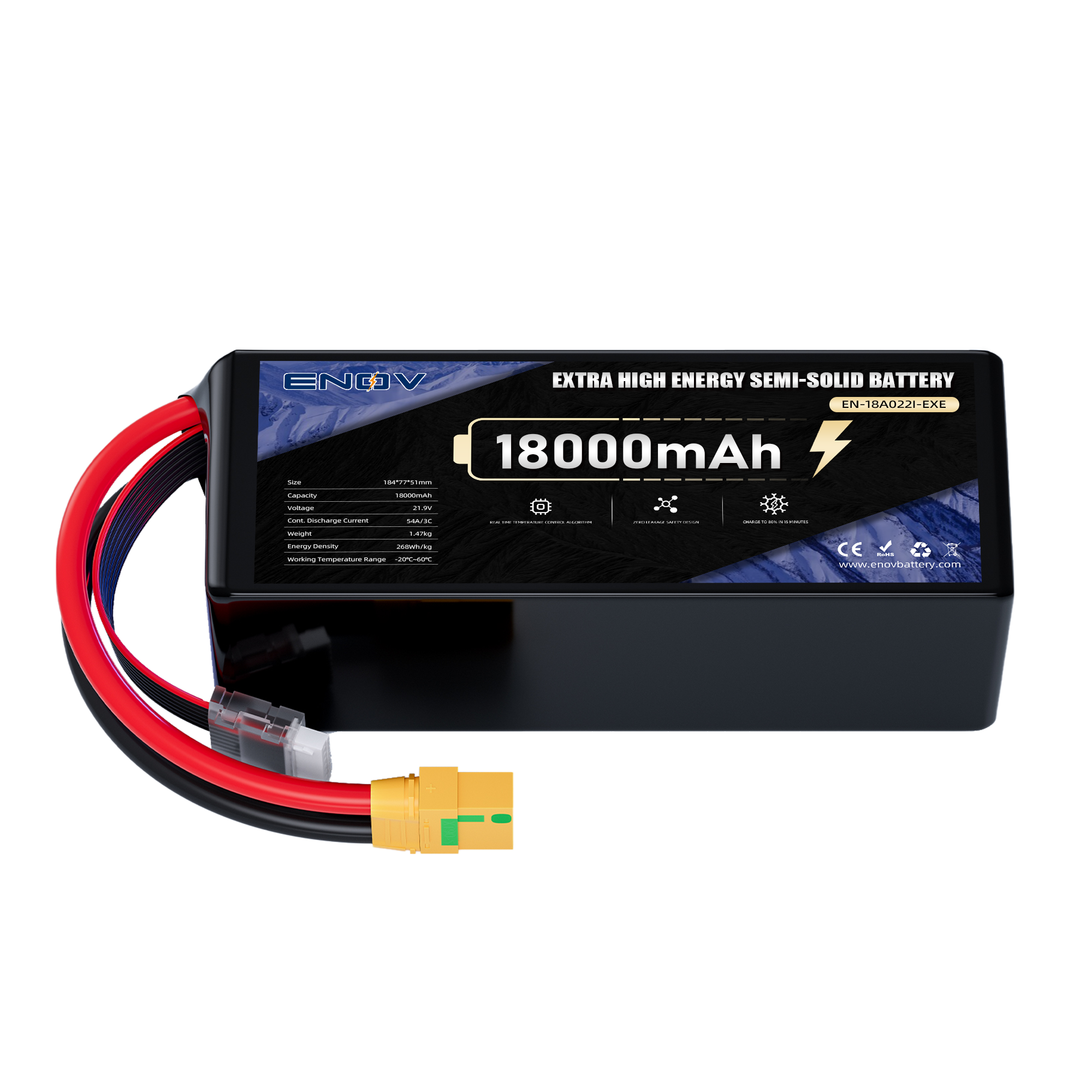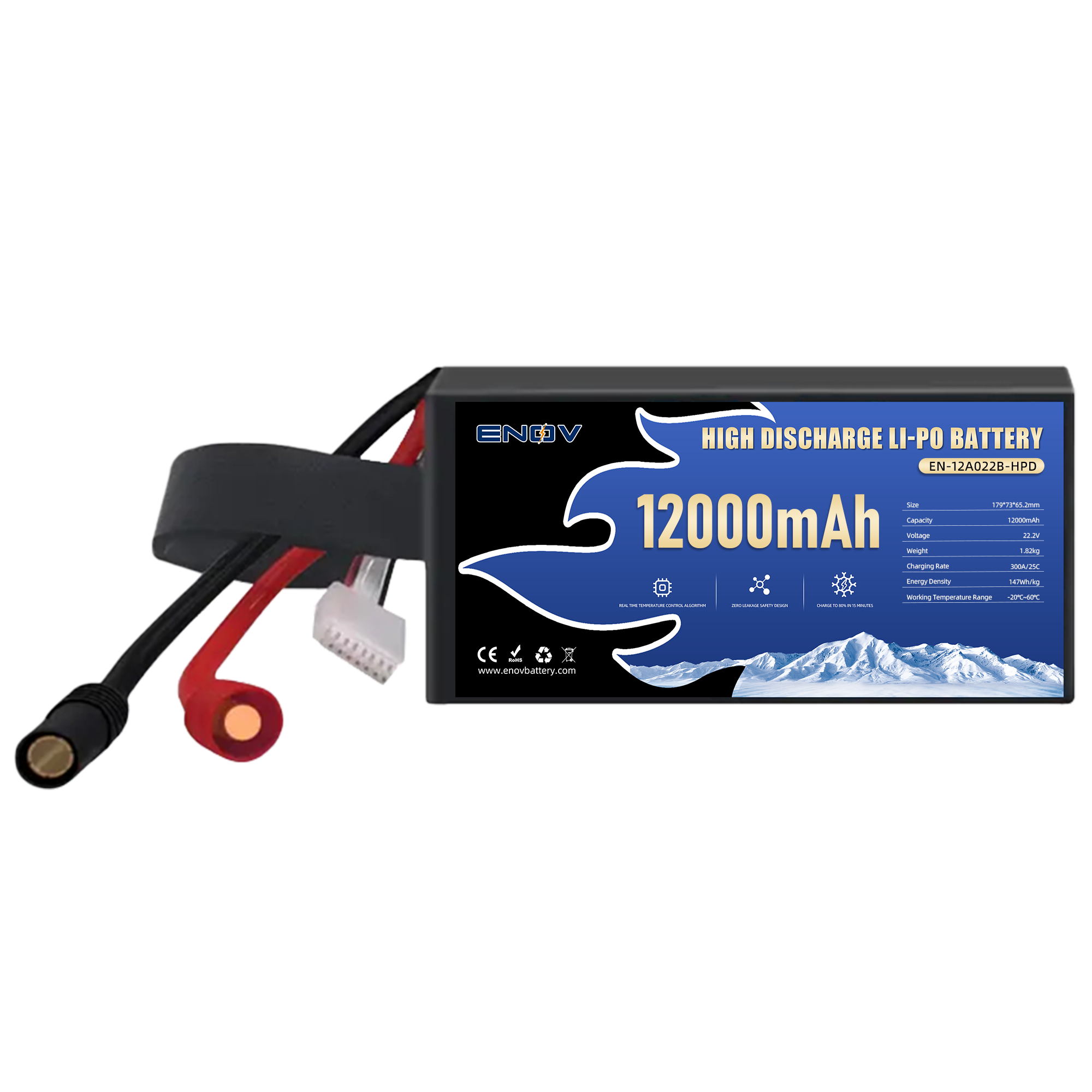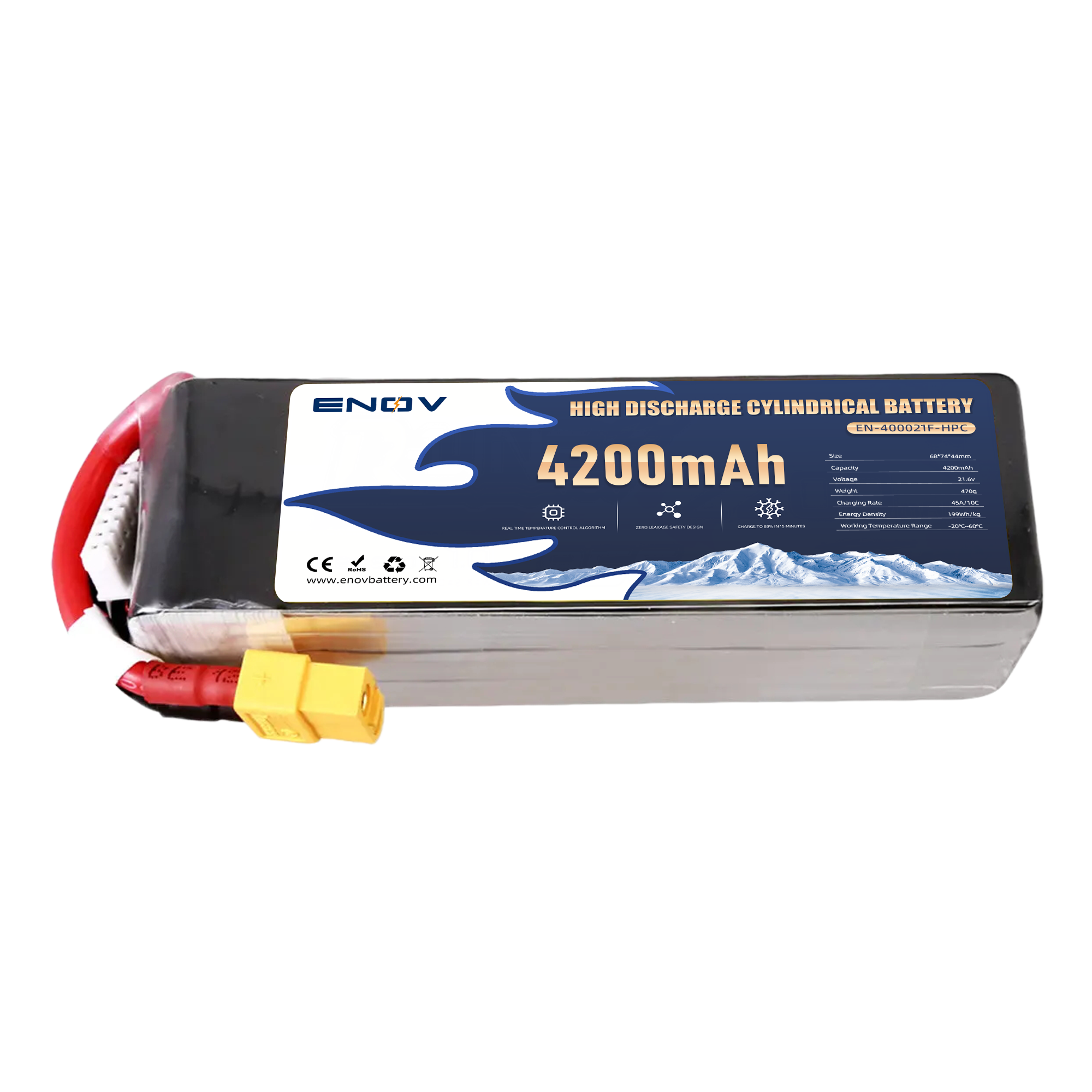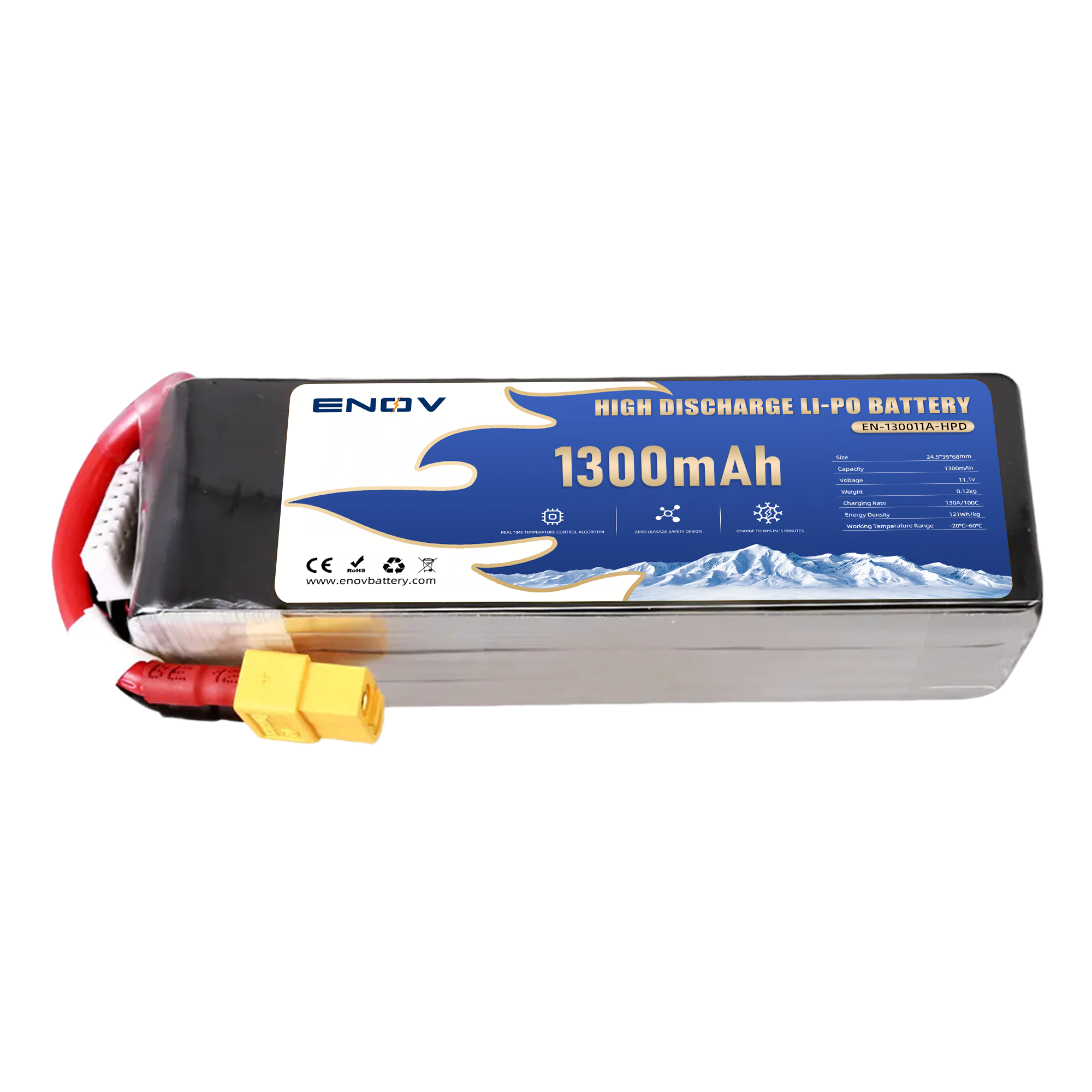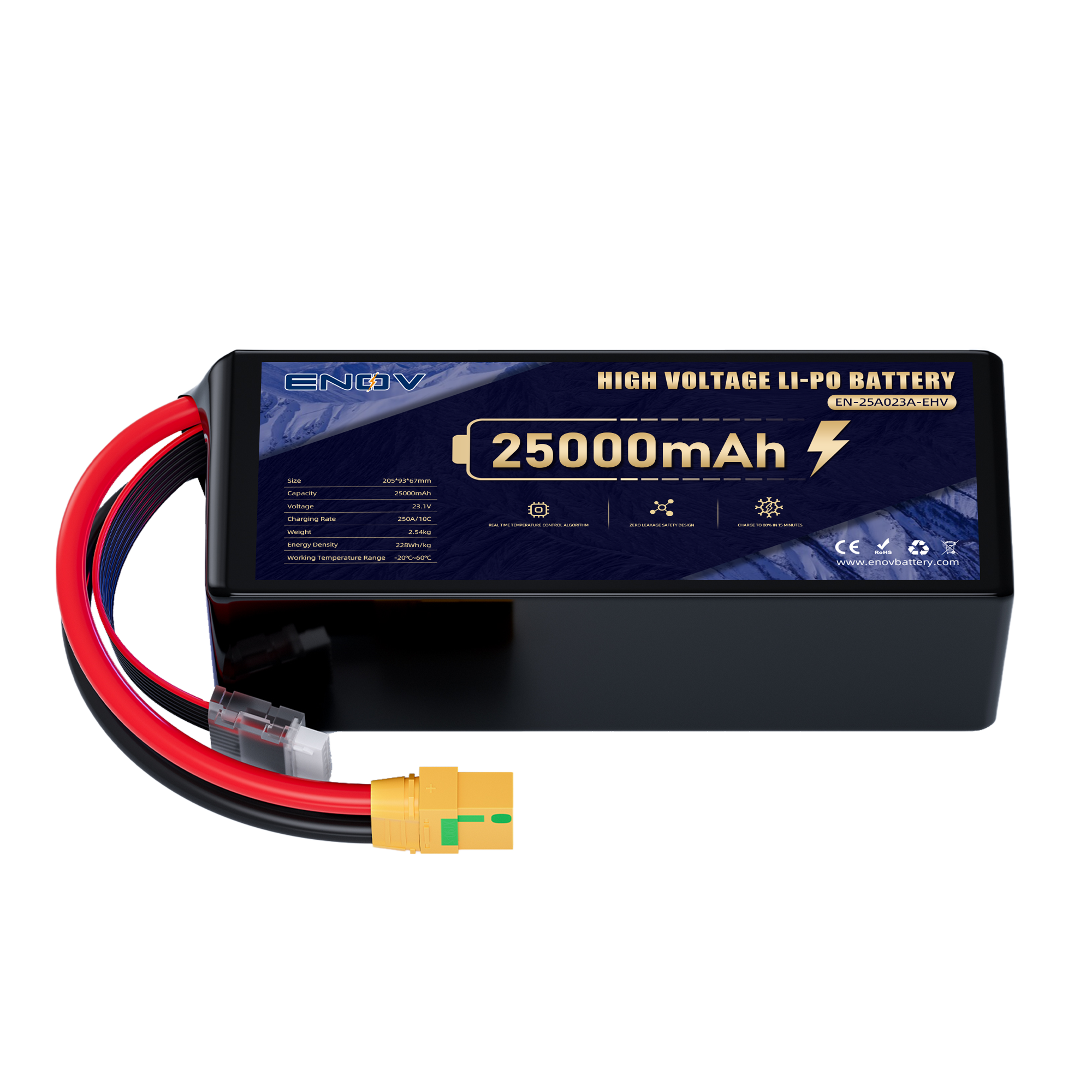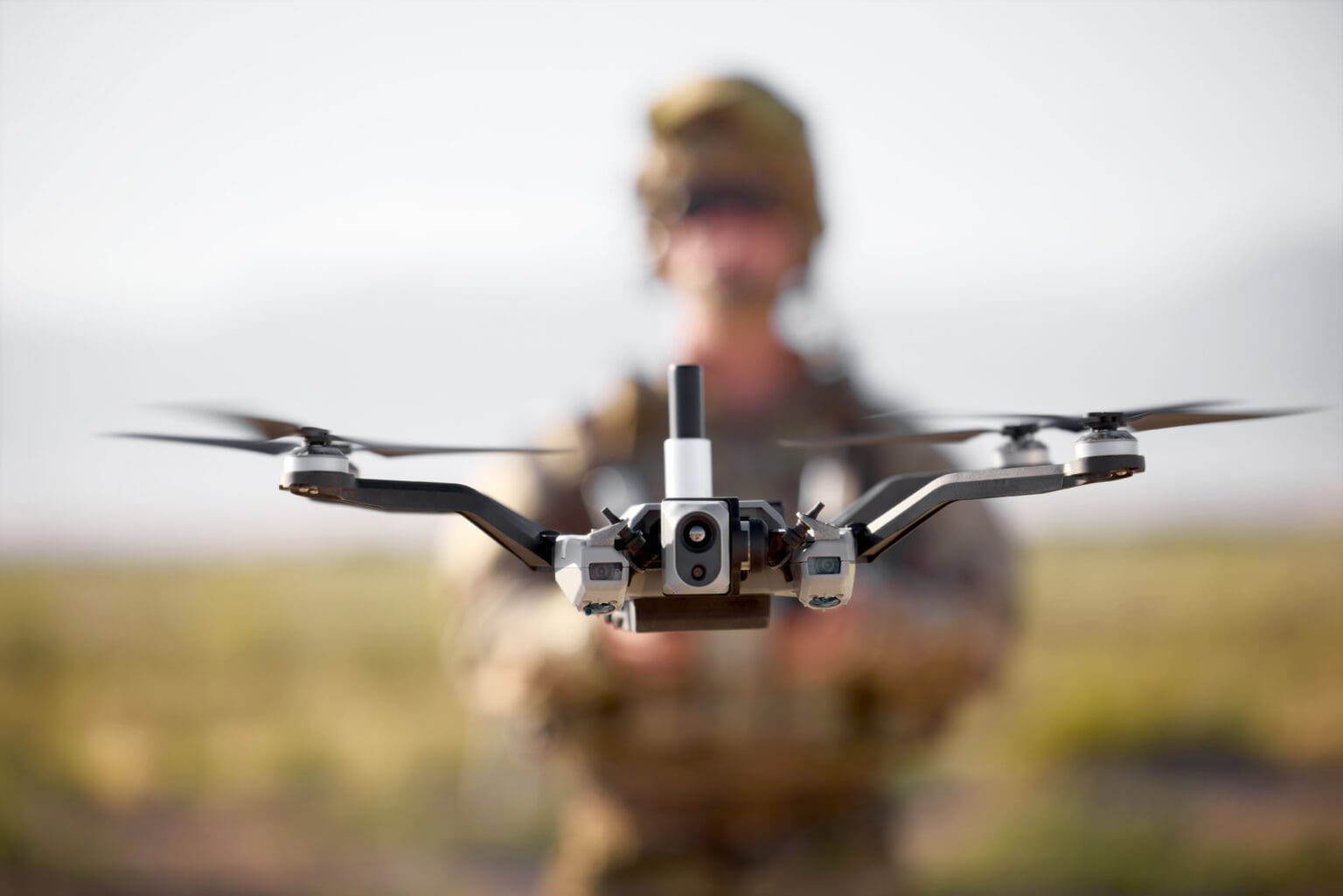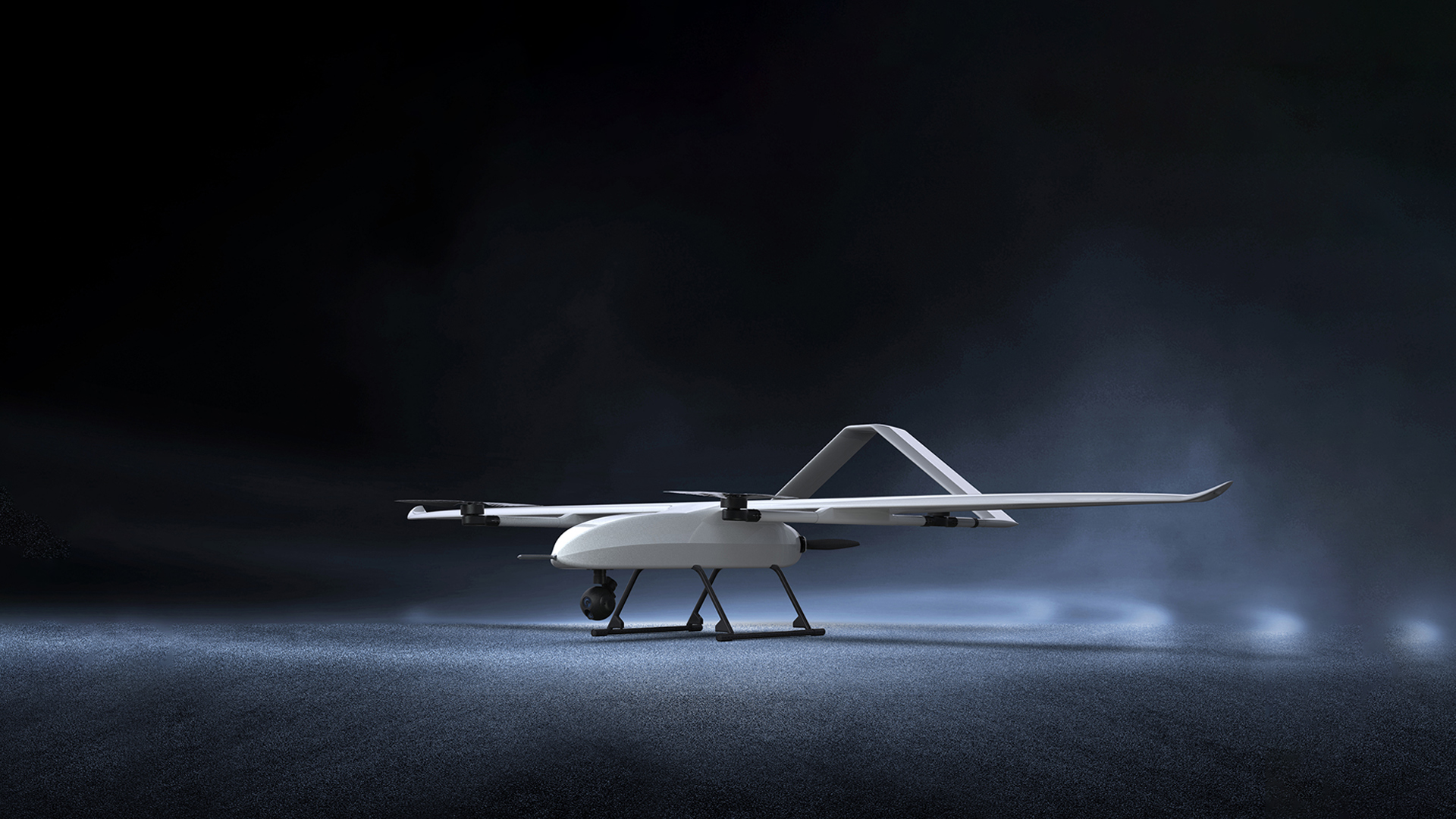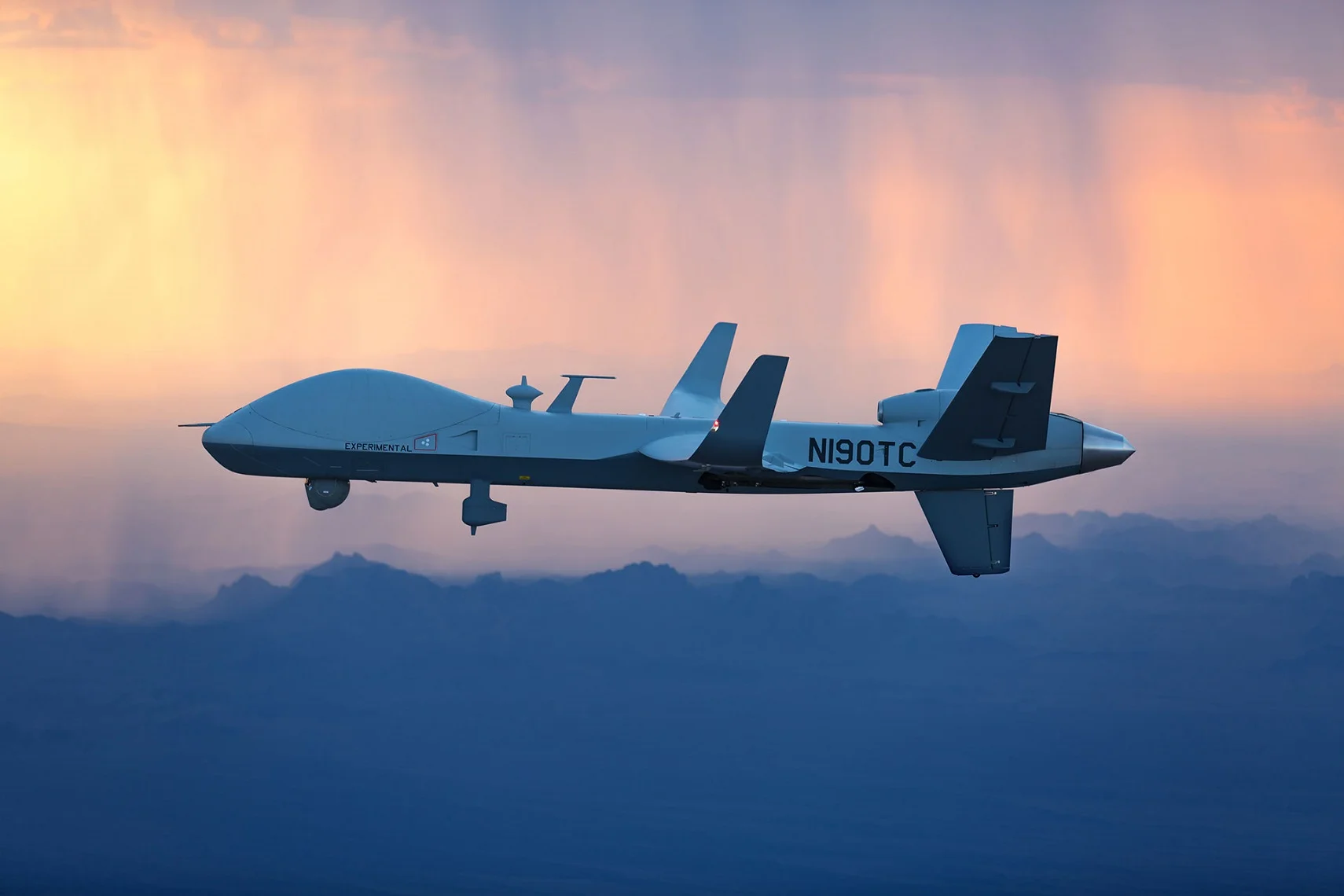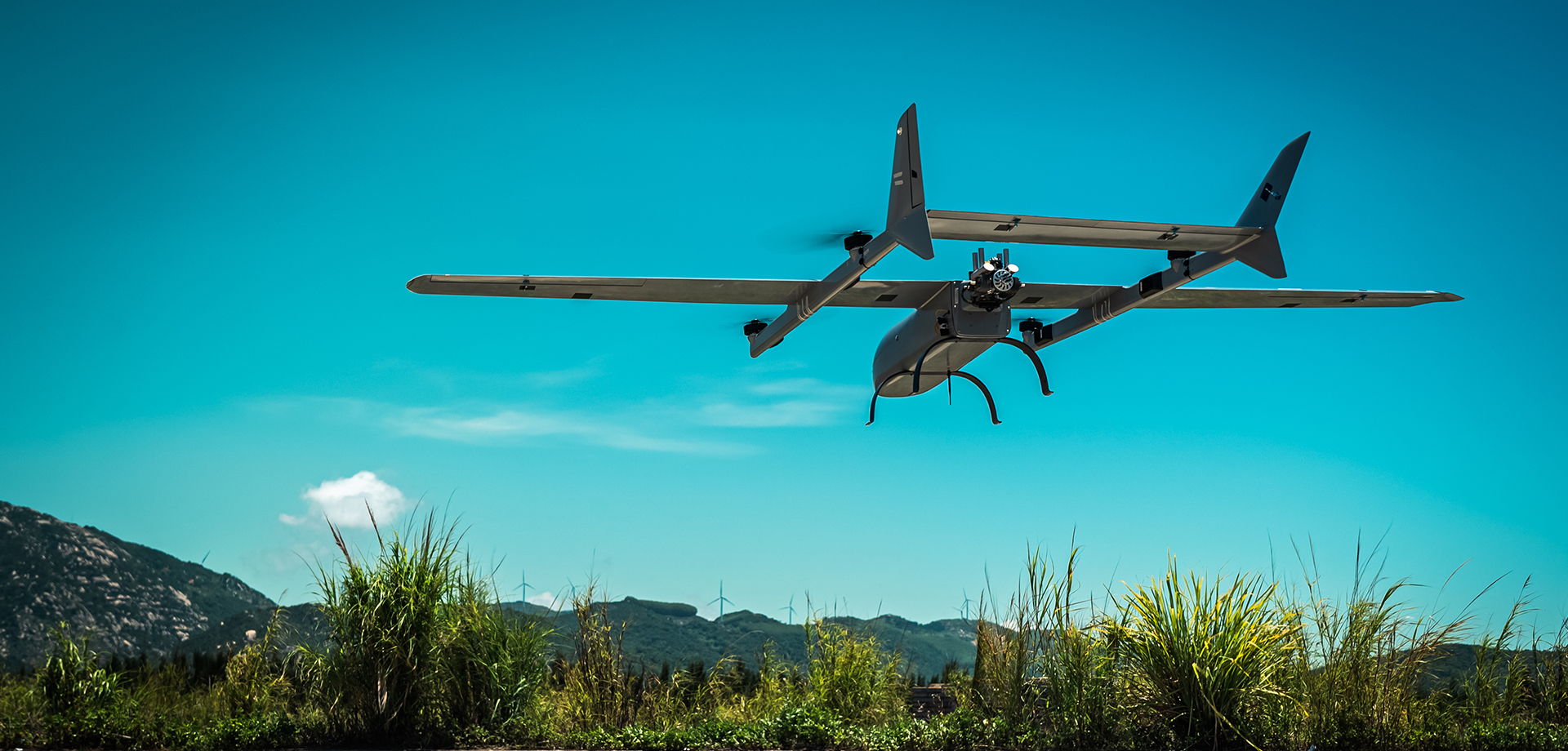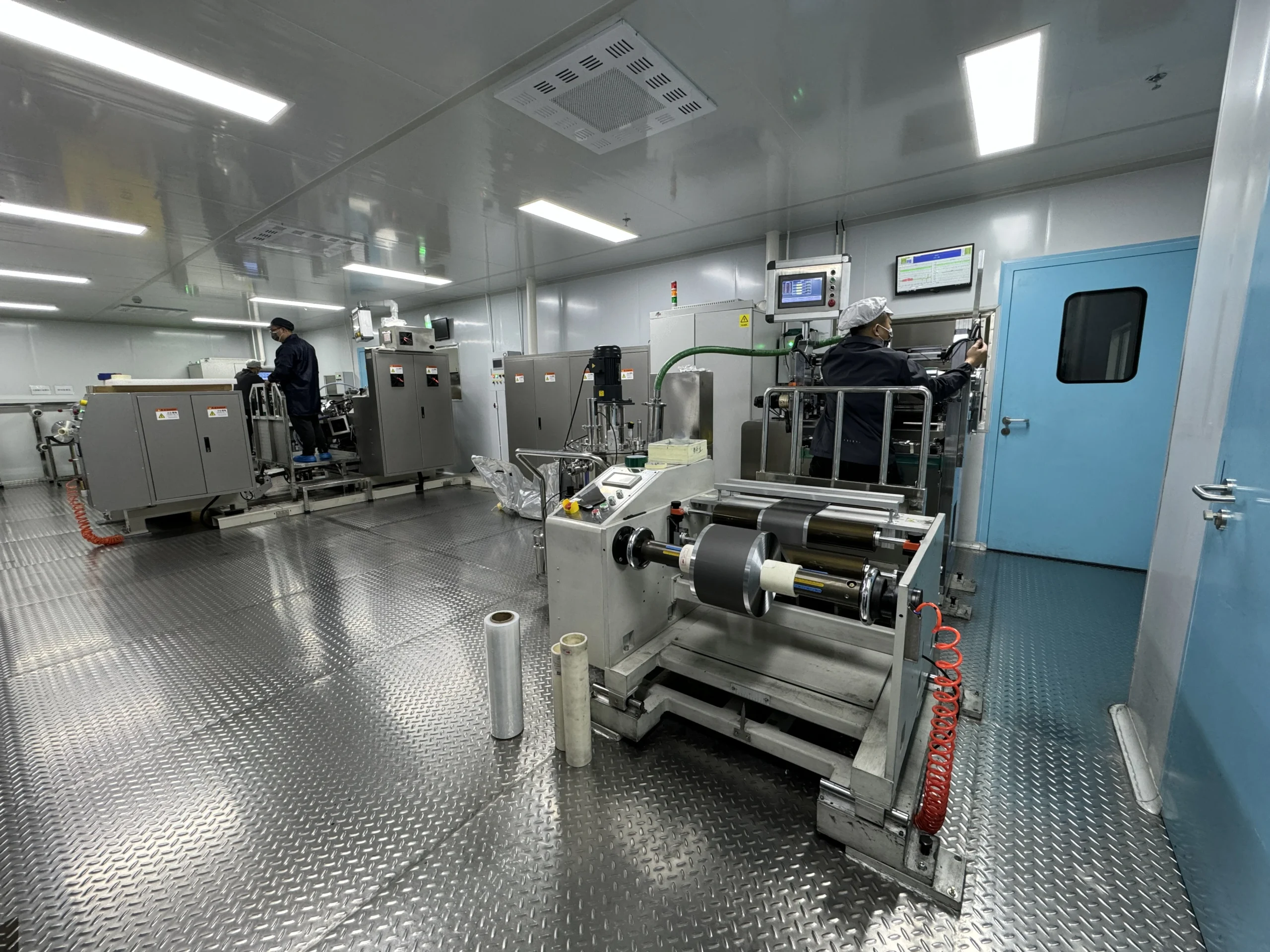Understanding Drone Battery Capacity and Voltage: A Complete Technical Guide
Drone battery capacity and voltage are critical factors that determine flight performance, safety, and operational efficiency. Whether you’re a hobbyist or a professional pilot, understanding these technical specifications ensures optimal drone usage and longevity. This guide breaks down the science behind capacity (mAh) and voltage (V), their relationship, and practical tips for selecting the right battery.
main content
What Is Drone Battery Capacity?
Battery capacity, measured in milliampere-hours (mAh), indicates how much energy a battery can store. A higher mAh rating means longer flight times, but it also increases weight. For example, a 6000mAh battery powers a drone longer than a 3000mAh one. However, larger batteries may reduce maneuverability due to added bulk. Always balance capacity with your drone’s weight limits and flight requirements.
Voltage Explained: Why It Matters
Voltage (V) represents the electrical potential of a battery. Most drones use lithium-polymer (LiPo) batteries with voltages like 3.7V per cell. Multiple cells are combined to achieve higher voltages—for instance, a 4S battery has four cells and delivers 14.8V. Higher voltage increases motor power and thrust but demands careful handling to prevent overheating. Always match your drone’s voltage requirements to avoid damaging its electronics.
How Capacity and Voltage Work Together
Capacity and voltage jointly influence a battery’s energy output. Energy (measured in watt-hours, Wh) equals capacity multiplied by voltage (Wh = mAh × V / 1000). A 5000mAh 4S battery (14.8V) provides 74Wh, offering more sustained power than a lower-voltage alternative. Pilots must prioritize both metrics based on flight goals—longer endurance versus higher performance.
Choosing the Right Battery: Key Considerations
Selecting a battery involves evaluating discharge rates (C-rating), temperature tolerance, and cycle life. A high C-rating ensures stable power delivery during aggressive maneuvers. Cold weather reduces efficiency, so opt for batteries with robust thermal performance. Additionally, check manufacturer guidelines to ensure compatibility with your drone’s ESC (Electronic Speed Controller) and motors.
Maintenance Tips for Longer Battery Life
Store batteries at 50% charge in cool, dry environments to prevent degradation. Avoid draining them below 20% to protect cell health. Use a balanced charger to maintain even voltage across cells. Regularly inspect for physical damage or swelling, which signal replacement needs. Proper care extends battery lifespan and reduces long-term costs.
Future Trends in Drone Battery Technology
Advancements like solid-state batteries and graphene-based cells promise higher energy density and faster charging. These innovations aim to address current limitations in weight and flight time. Staying informed about emerging technologies helps pilots adopt upgrades that enhance performance sustainably.
Final Thoughts
Mastering drone battery capacity and voltage empowers pilots to make informed decisions. By prioritizing energy needs, maintenance, and compatibility, you can maximize flight efficiency and safety. As technology evolves, continuous learning ensures you stay ahead in the dynamic world of drone operation.
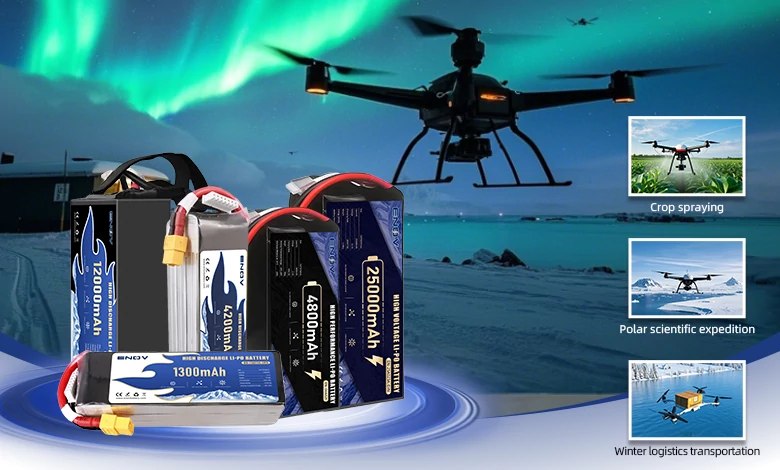
UAV DRONE battery
Enov UAV battery has the most advanced UAV battery new technology, it has a lightweight structural design, ultra-high energy density, stable continuous discharge, customized ultra-high instantaneous discharge, wide temperature working range, stable charge and discharge, battery materials can choose high nickel terpolymer positive/silicon carbon negative material system combined with semi-solid battery technology. Or choose a more mature application of more UAV lithium battery technology, available UAV battery nominal voltage 3.7V, capacity 18.0Ah ~ 30.0Ah, support 10C continuous discharge and 120C pulse discharge (3 seconds). With ultra-high energy density (220-300Wh/kg) as its core advantage, Enov UAV batteries can meet the needs of long-term endurance scenarios such as plant protection drones and transport drones, while maintaining stable emission performance in extremely low temperature environments (-40℃).
Other products
START-STOP LITHIUM BATTERY
LITHIUM ENERGY STORAGE BATTERY
QUICK INQUIRY
FAQ
Access to high frequency technical questions with one click, get accurate answers on product application, after-sales policy and customization process.
Service and Support
Get the latest product specifications, explore professional OEM/ODM customization services, click to open exclusive technical support and production solutions.
Become a Partner
We sincerely invite resources to interconnect, work together for win-win development, and immediately open a new chapter of strategic cooperation!
